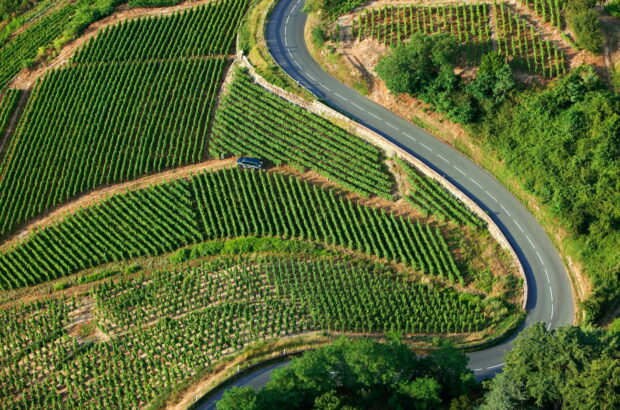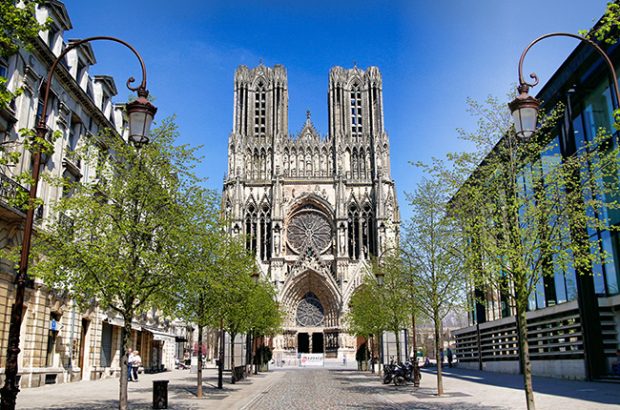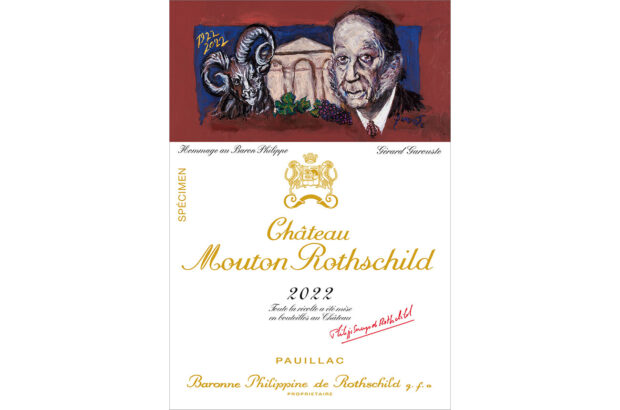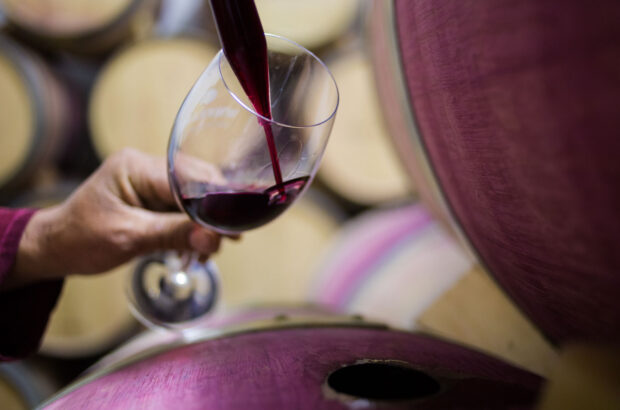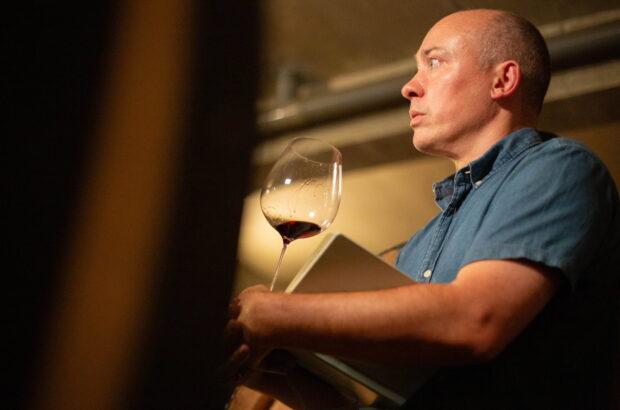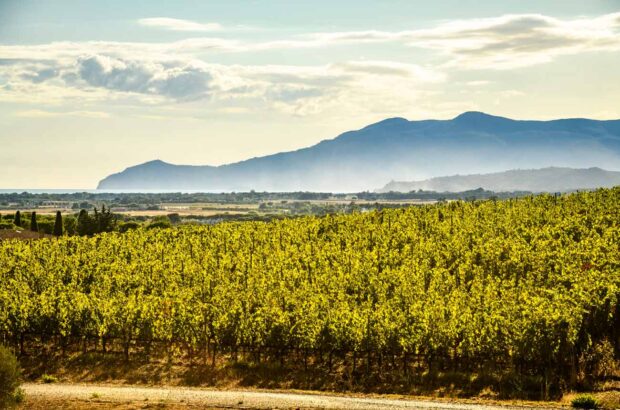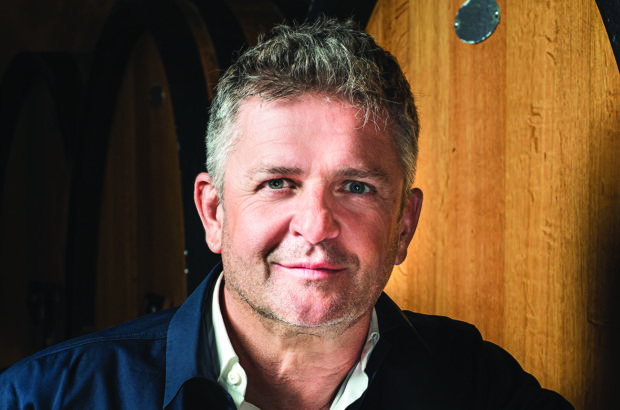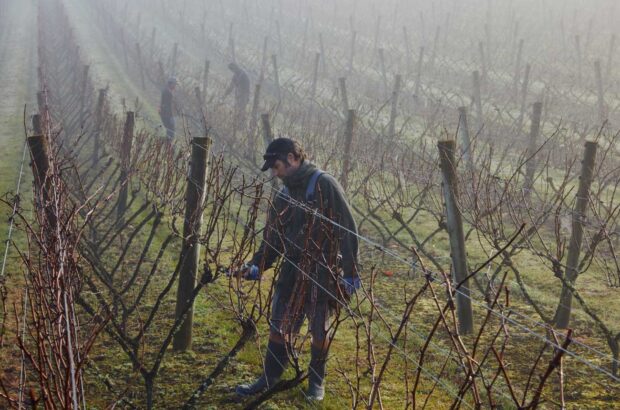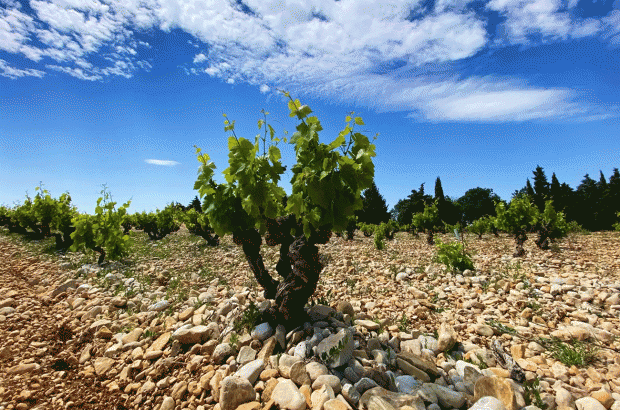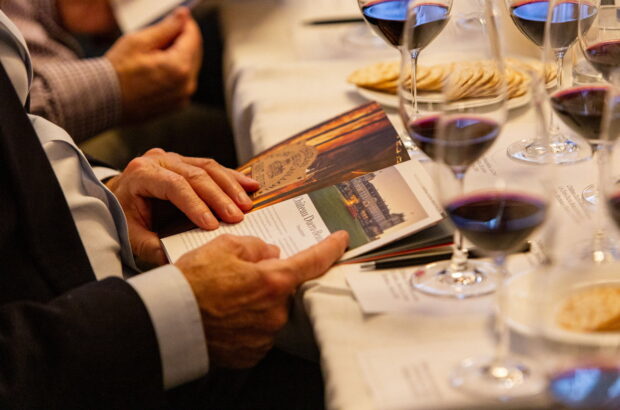Stunning Spring Mountain Cabernet
Tina Gellie
It’s always refreshing to catch up with Napa Valley winemaker Lisa Togni, who has been making wines on Spring Mountain with her father at his eponymous Philip Togni Vineyard since 2000. The Tognis have earned a reputation for ageworthy ‘Margaux-type’, Cabernet-focused blends. Their 18 blocks over 4.2ha have been organic from day one – back in 1975 when Philip (then winemaker at Cuvaison) began to clear land near the top of the mountain, at 600m, to start his own project. Since 1987, the estate’s main label wine has followed the plantings: 82% Cabernet Sauvignon, 15% Merlot, 2% Cabernet Franc and 1% Petit Verdot (with the plush second wine, Tanbark Hill, made of 99% Cabernet Sauvignon, generally with some ‘declassified’ main label wine mixed in). This consistency means the vintage shines through, making a vertical tasting especially exciting.
At a tasting organised by new UK importer Justerini & Brooks, Lisa showcased the 2019 Tanbark Hill and 2019 and 2014 main label wines (POA) alongside vintages 2018, 2013, 2008, 2004, 1999. Decanter’s Napa correspondent Jonathan Cristaldi gave the 2019 main label 99pts, describing it as ‘pure, savoury black magic’ – a description equally suited to the very limited 2014 library release: earthy spice, exotic tobacco, inky hedgerow berries and silky tannins, just entering its drinking window now.
Discovering reds from southern Hungary
Sylvia Wu
The 2024 Hungarian Wine Summit brought me south down the river Danube, where a diverse range of red wines await discovery. From the city of Szekszárd, Vida Péter’s pale-hued red Bonsai 2023, sourced from century-old vines and aged in amphorae, is a pure expression of the once widely planted Kardaka grape’s fennel-seasoned cranberry fruits and silky tannins. Sebestyén stands out with the elegant strength showcased in its Mozaik Bikavér 2020 (aka Bull’s Blood; the Szekszárd rendition must contain Kékfrankos and Kardaka), where mellow tannins are melted in a rich bouquet of berries. We also had the pleasure of tasting Dúzsi’s 2017 Cabernet Franc rosé; with a touch of botrytis combined with new oak, it boasts an incredible length of red berries and poised oxidation.
Further south to Villány, where Cabernet Franc finds a sweet spot; Heumann’s La Trinità Villányi Franc 2018 (£45.99 Novel Wines) is among the top examples. Its creamy, cedar-seasoned dark fruits, wrapped around a confident fist of tannins, hint at a long journey ahead. Equally memorable was its Reserve Kékfrankos 2018, with comforting dark plum and fig, and chocolatey tannins on display. Jackfall’s Syrah 2019 also shines with its purity of fruits, ripe but structured tannins and vivid varietal characters.
Bordeaux for a younger audience
Amy Wislocki

Businesses across the wine space are working to attract a younger demographic. And the enormous business that is the Bordeaux wine industry is no exception. Regional body the CIVB has launched an extensive worldwide campaign to shift perceptions of Bordeaux, and at a press tasting and briefing in London, billed ‘The Bordeaux Experience’, it showcased a different side to the region, with wines from value appellations and lesser-seen styles such as crémant sparkling, dry whites and clairet (the darker shade of rosé). Red still accounts for more than 80% of production, but the balance is shifting.
As well as working to raise awareness of stylistic diversity, the region is grubbing up vines to combat oversupply, planting new varieties that can better cope with rising temperatures, and aiming for all estates to be certified sustainable by 2030 (currently 75% are, CIVB says). ‘Bordeaux isn’t all red, expensive and made to lay down,’ remarked the CIVB’s aptly named European marketing director Caroline Vigneron. ‘There’s a massive discrepancy between the perceptions and what we can offer.’
#jointheBDXcrew
Viva Vinitaly!
James Button
Held in Verona every April, Italian wine’s biggest trade and consumer event is a joyous celebration, full of the promise of the latest vintages and an opportunity to meet new and old friends and acquaintances. This year, the spring sun truly was shining, nudging 30°C on one day, and the crowds were out in force. Part of the charm of Vinitaly is the small size of Verona, making it easy to traverse the centre on foot from one evening event to another. It’s also on the doorstep of many wineries, so it’s not uncommon to find yourself in Valpolicella or elsewhere close to Lake Garda.
While primarily a trade event, the doors open to paying customers on the Sunday and Wednesday (the first and last days of the event). Prices have increased compared to pre-pandemic years, but the cost of a ticket is still worth it if you’re a passionate wine lover. The various exhibition halls are arranged by region, so it’s easy (if tiring) to visit them all. There are also plenty of masterclasses (this year’s Decanter ‘rare finds’ masterclass was a hit!) and you’ll never run out of wines to taste. There’s even a smaller area devoted to ‘international wines’ in case you get bored of Italy’s bountiful offerings. Once you’ve had your fill, head back to the city centre and seek out Antica Bottega del Vino, the widely adored wine bar on Vicolo Scudo di Francia, which becomes rather busy if you leave it too late. Don’t expect to get a seat, but you can perch at barrel-cum-tables out in the street.
Fresh from a river delta on Croatia’s Dalmatian coast
Clive Pursehouse

The Neretva river flows from its headwaters deep in the Dinaric Alps through Bosnia and Herzegovina before passing through Croatia to the Adriatic sea. In the lower Neretva delta, on the dramatic Dalmatian coast, the cultivation of agricultural land in the fertile river basin began about 70 years ago; vines are cultivated near the town of Opuzen. The Prović family winery is in its second generation. Young winemaker Vjeko and his sister Monika now lead the family business, under their father’s watchful eye. Inspired by America’s famous Croatian winemaker Mike Grgich, they’ve planted Chardonnay, the first in the southern reaches of Croatia, a country of more than 100 indigenous varieties.
A saline minerality and sterling acidity mark their wonderful white wines. The Livija Winemaker’s Selection 2020 is a wild fermented iteration of the indigenous Zlatarica. Fermented in an acacia barrel, the wine spends one year on lees. A gorgeous mineral spine carries this wine through its honeyed ginger and lemon peel aromatics, leading to a palate of concentrated lemon curd, crushed stone and oyster shell. The Naron Chardonnay Sur Lie 2021 shows a throughline in the Neretva delta terroir. The aromatics of honeyed apricots and candied ginger are met by a note of salty sea air. Rich flavours of lemon oil, grilled lemon peel and briny sea spray lift up this splendid wine.



